Šumava is guarded by a rare beast
We start with Šumava, Czechia’s largest national park, located on the border with Germany. With its unspoilt countryside and stunning views, Šumava is always a spectacular place. It is a unique natural Alpine-style paradise, with glacial lakes and the source of the longest Czech river, the Vltava. Another feature worth noting is its lake fenlands, where peat used to be extracted by hand.

One absolute must-see is the Boubín Virgin Forest. That’s right, a virgin forest! In the very heart of Šumava, the forest is guarded by trees almost half a millennium old, and is home to the Eurasian lynx. There’s no need to worry, as according to experts you’re very unlikely to encounter this shy beast in person. One interesting opportunity to get a closer look at Czechia’s wildlife is at the wolf enclosure with its viewing platform at the Srní Visitor Centre.

From Czechia’s highest royal castle, Kašperk, built to order for Roman Emperor Charles IV, you can enjoy breathtaking views of the night sky during the tours after dusk in summer. And definitely don't miss the Treetop Walk.
Mionší and Beskid virgin forest
The Mionší virgin forest is one of the most famous nature reserves in the Beskid Mountains, which, with the mysterious peak of Radhošť, are stunning in every season of the year. Entry to the reserve itself is prohibited; it can only be accessed along a nature trail accompanied by a guide. The tour takes three to four hours, and although it only leads along the edge of the forest, you’re sure to enjoy the enchanting unspoilt landscape.
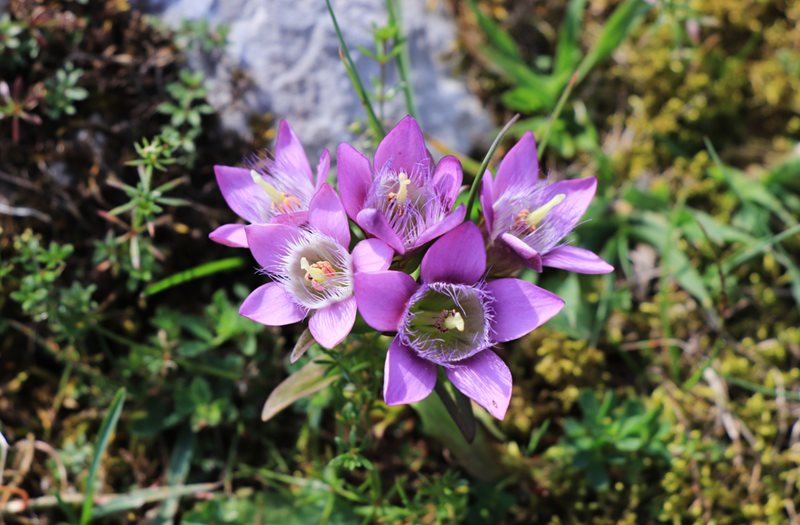
Bohemian Switzerland from the Chronicles of Narnia
Another must-see on the list is the Bohemian Switzerland National Park. This kingdom of rock towns with its unusual sandstone formations is full of spectacular viewpoints, gorges and rock trails. Some have names straight out of the movies, such as Dwarf Ravine, Mouse Holes and Angel's Stairs. And some really have starred in films. The Chronicles of Narnia - The Lion, the Witch and the Wardrobe, produced by the famous Walt Disney Pictures, was shot at the rock town in Tisá.

Two years ago, the area was engulfed in a devastating fire, which the breathtaking Pravčice Gate fortunately survived. The largest natural rock gate in Europe (27 metres wide, arch reaching a height of 16 metres) is situated some three kilometres from Hřensko. There are a number of bridges and passages under overhanging rocks along the path leading to it. You can also walk there along one of the most popular footpaths in the Bohemian Switzerland National Park, Gabriela's Trail, or through the lowest place in Czechia (114 m), the Elbe Canyon in Hřensko.
Krakonoš still guards the Giant Mountains
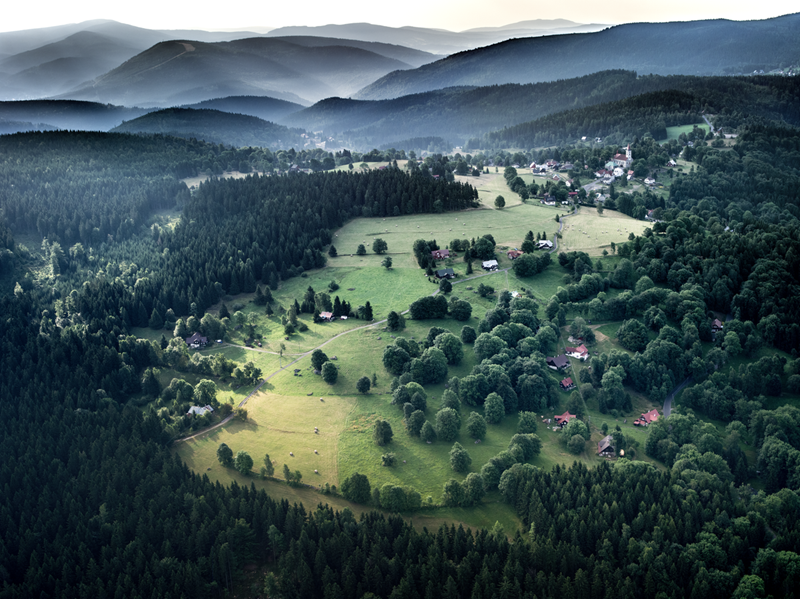
We can’t forget the Krkonoše National Park, one of the most valuable natural areas in the whole of Central Europe, whose mountains are ruled by the mythical Krakonoš and where the source of the Elbe River rises. The Krkonoše or Giant Mountains are Czechia’s highest mountain range, attracting more visitors than any other mountains and the only high alpine range in the country. It is a realm of steep glacial karsts and vast mountain meadows home to some rare species of animals and plants (such as the martagon lily), as well as rocky ridges and picturesque little valleys lined with timbered houses. The rugged Nordic beauty of this unique Central European tundra has led to the region being declared a UNESCO Biosphere Reserve. The peat bogs on the summits of the highest reaches of the mountains are home to species such as the increasingly rare Bluethroat.

The most famous spot in the Giant Mountains is Sněžka, Czechia’s highest mountain. You can hike up to the top, which is a good workout as admire the beautiful scenery, or you can take the easier option and hop on the cable car. Besides the stunning views, you’ll find one other unique sight at the top: Czechia’s highest post office.
A UNESCO sea of beeches
It’s also definitely worth mentioning the nearby Jizera Mountain Beech Forest, the very first in Czechia to be listed as a UNESCO Natural Heritage Site. It lies right by the colourful diversity of the Jizera Mountains. These ancient beech trees, which the locals call “the beech sea”, make up the largest beech forest complex in the country. The sloping terrain and boulders have always prevented any logging there. As a result, the forests have remained untouched by human hands for many long decades. This has enabled the creation of a unique ecosystem with rare plants, insects and amphibians.
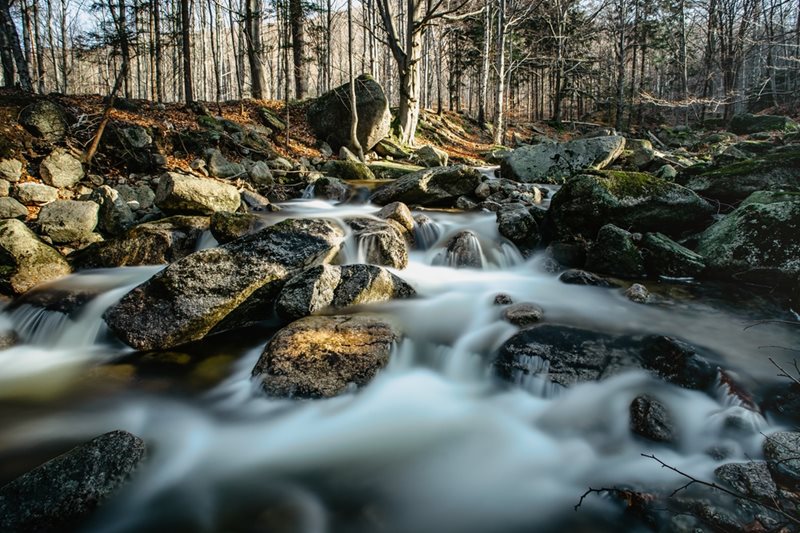
A stroll through this unspoilt countryside is sure to be a delight for anyone who enjoys the fragrance of a clean forest and the gurgle of sparkling water. There are also a number of peculiar rock formations on the trail that runs through the reserve. The one that dominates all the others is the magnificent head of a gorilla!
Mantis and wild horses
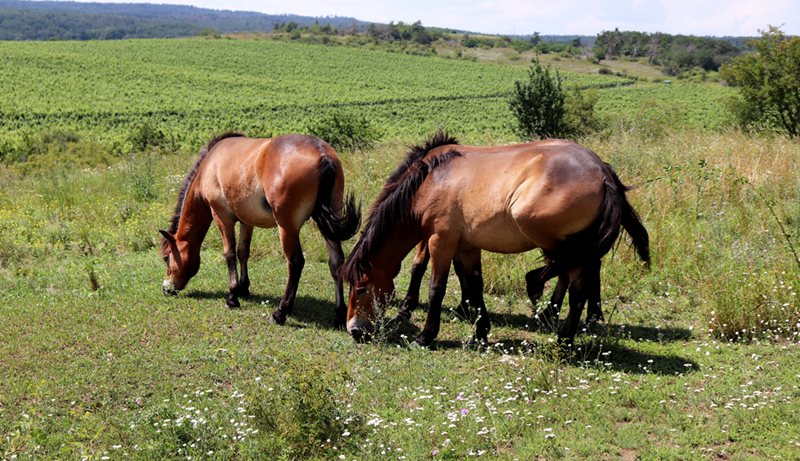
Our tour of Czechia’s national parks and nature reserves comes to an end with the most recent and smallest national park, the Podyjí, nicknamed the “Czech Amazonia”. Located in South Moravia, on the border with Austria, it covers the exceptionally well-preserved valley of the Thaya River, which is rich in rare fauna and flora and where the meadows are grazed by wild horses.
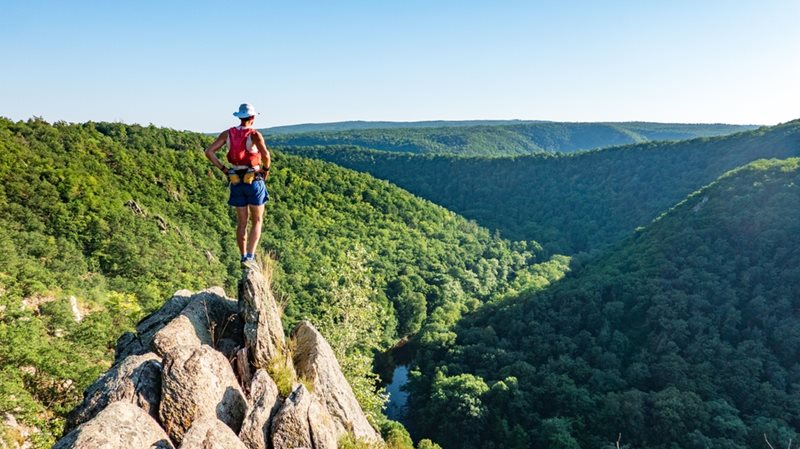
While you’re there, you might catch a glimpse of the European mantis, the beautiful Old World swallowtail butterfly or the brightly-coloured European green lizard. You’ll have some wonderful panoramas of the meanders of the Thaya River from the many rock viewpoints or castle ruins. You can hike throughout the whole region, but it is also popular with cyclists, not to mention wine buffs, as this area is the gateway to the wine-growing heart of Czechia.
Nature needs to be protected!
And we finish with a few practical tips to make your visit to Czechia’s national parks and nature reserves an even more amazing experience. Given how popular it is with tourists in the main summer season, it’s best to avoid the most frequented places between noon and 3 o’clock in the afternoon. Don’t forget to treat nature with respect, as that’s the only way to travel sustainably. You should always keep to the marked footpaths, take any rubbish back to civilisation with you, and don’t pick rare plants and flowers!
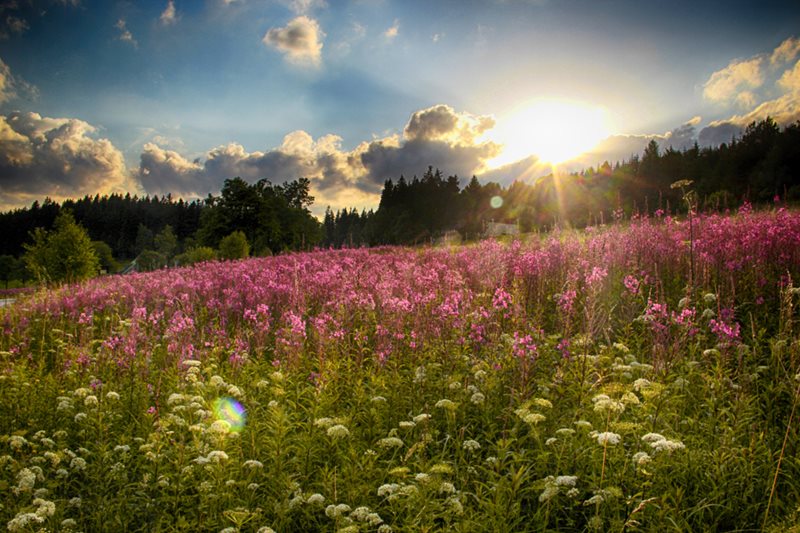
Not to mention that there are regular buses and trains running to lots of places. You’ll save on petrol, you won’t have to drive, and you can enjoy some stunning views along the way. Don't forget that the journey can also be the destination!











